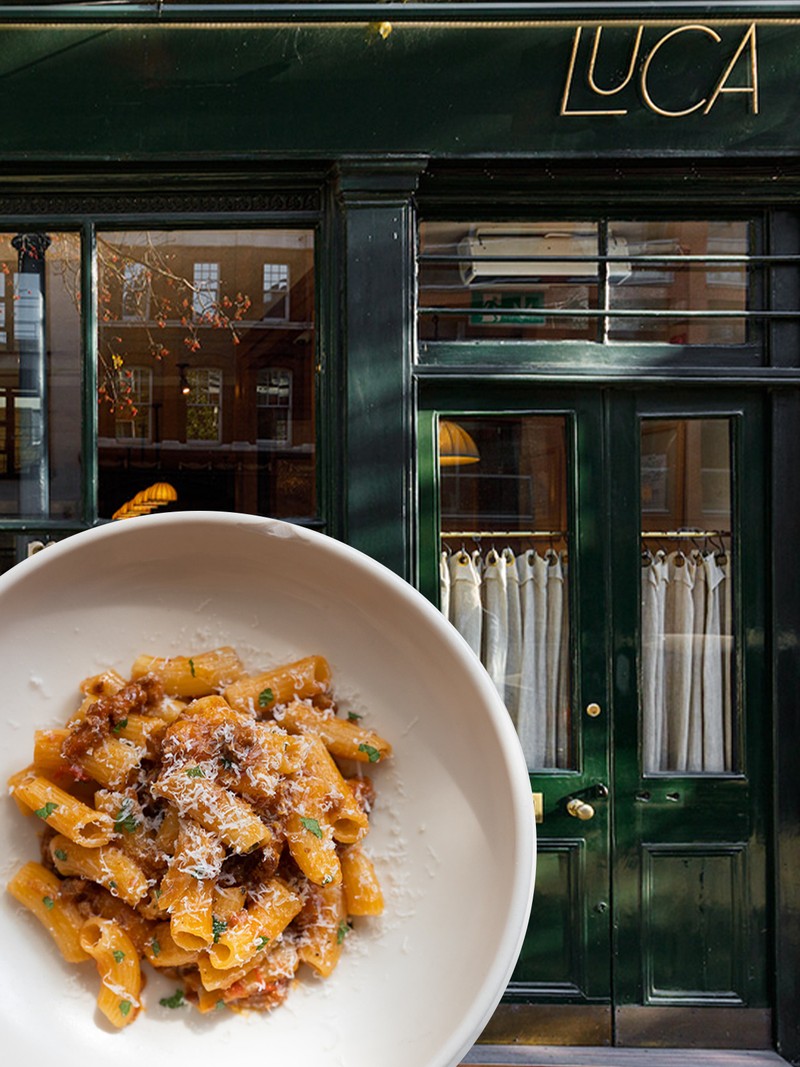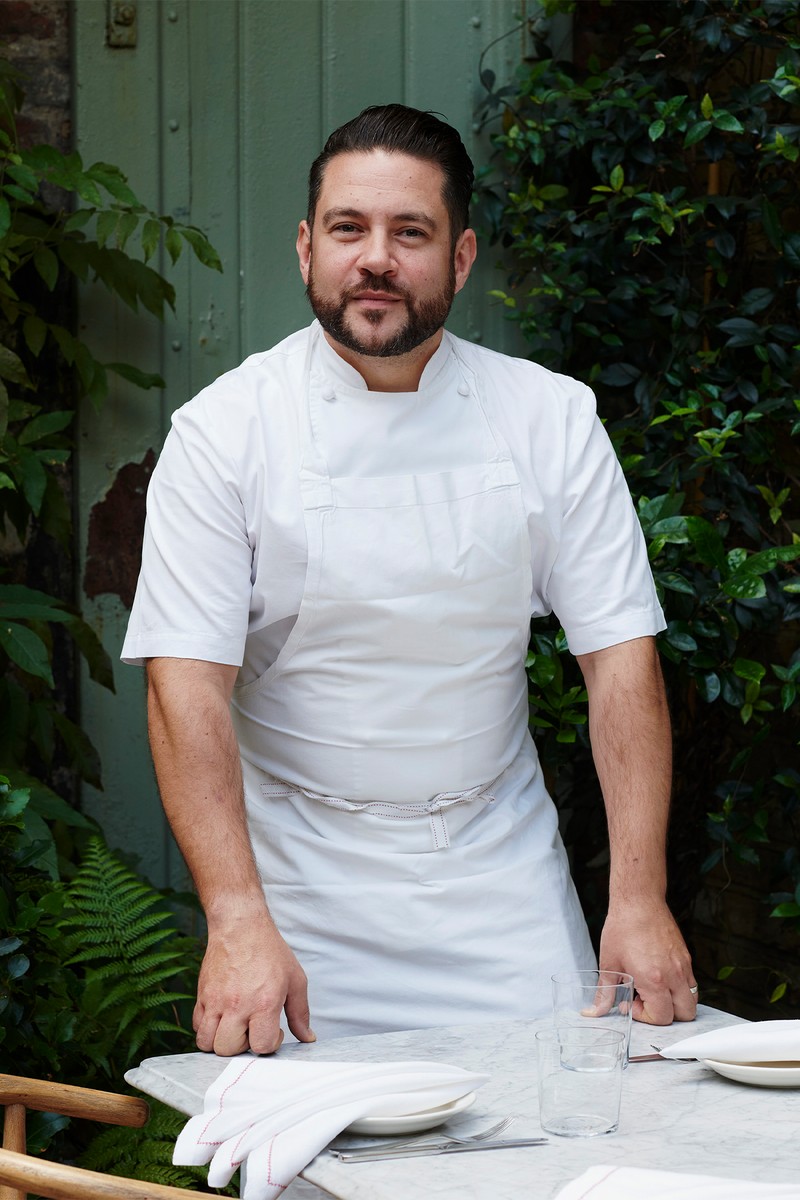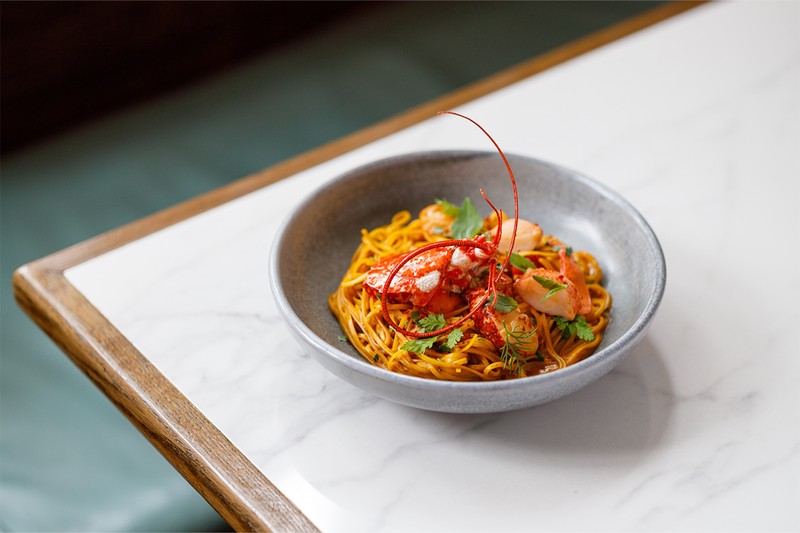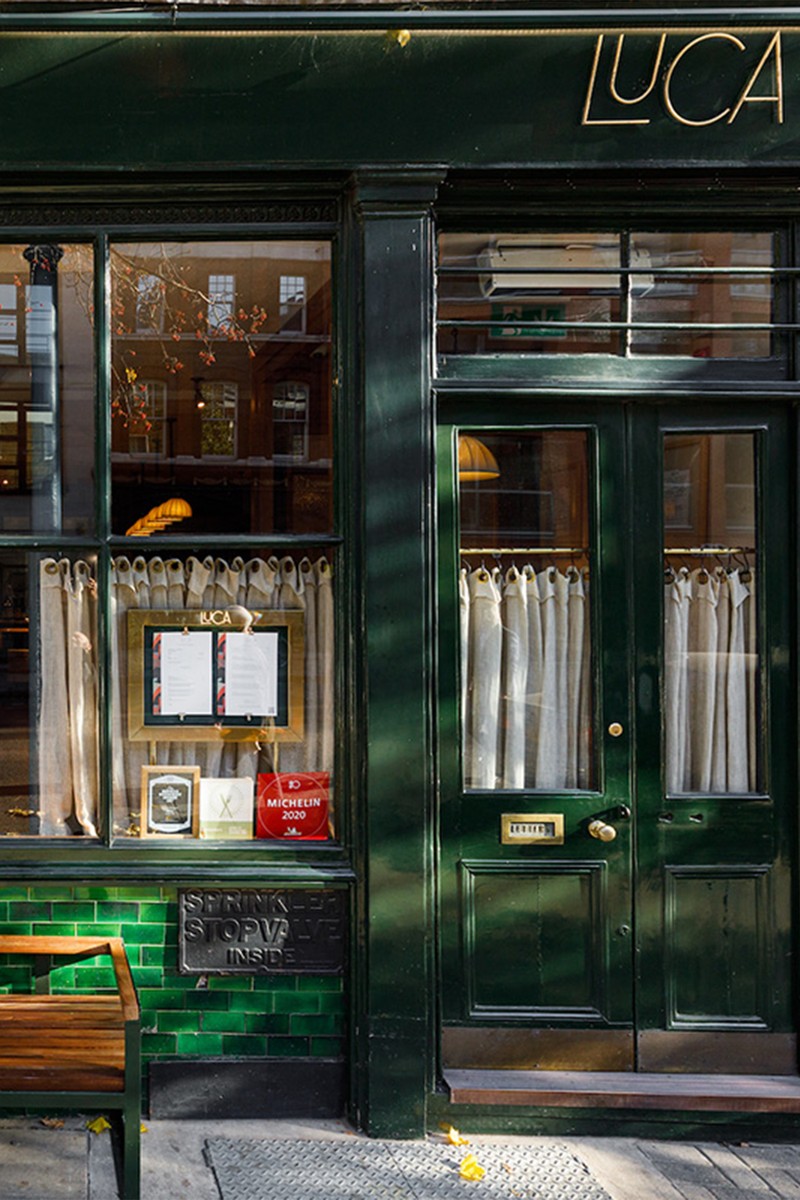Pasta Tips From A Michelin-Starred Chef
I remember being fascinated by pasta from the age of about nine. On weekends, I would go to my aunt and uncle’s house, and my aunt would always be making pasta. Eventually, I was old enough to be roped in, and some of my earliest memories are of making cavatelli in her kitchen.
We’re lucky to have a pasta room at Luca. Very few Italian restaurants are able to dedicate a room to pasta production. A very specific environment is needed to make perfect pasta – you need the right room temperature and the right humidity level. Dedicating a room to it means the quality of our pasta stays consistent. It’s the only food we make in the room – whether that’s filled pastas such as tortelli, long pastas like taglierini or extruded pasta such as rigatoni. Once prep is over, the space gets turned into a private dining room, so guests can really feel like they’re dining in an Italian kitchen.
My favourite shape to roll is agnolotti – both because I’m very proud of ours and also because it’s a difficult shape to do. Each chef’s agnolotti is completely different because there are so many different stages that no one produces the exact same shape. It’s very intricate, with lots of different folds, but I find this makes the finished result more exciting.
We only cook with fresh pasta at the restaurant, but at home I love cooking with good-quality dried pasta. It’s hard to cook with dried pasta in a restaurant because each type has different cooking times, so I really enjoy cooking it at home. The pasta I cook at home tends to be simpler than the dishes we serve in the restaurant, whether that’s bucatini with a beautiful tomato sauce or a ragù on a weekend, in the style of a traditional Italian Sunday meal.
It's brilliant because it lends itself so easily to seasonal ingredients. I tend to mix up the styles of pasta I make at home according to the time of year or day of the week. In the summer, I love a really fresh, light, long pasta: taglierini with clams, enjoyed in my garden in the sun with a glass of white wine. In the winter, I like a thicker pasta such as tagliatelle or a tube-based pasta with a ragù – a sturdier pasta allows you to work more with the sauce. Ingredients taste better when they are in season, so it’s natural that pasta sauces also taste best when the ingredients are in peak season. Al forno pastas are brilliant in winter. Something warming like a lasagne is my guilty pleasure after service, while I love pasta e fagioli (pasta with beans) for a comforting Sunday meal.
It's a versatile ingredient, but there are definitely rules – especially where Italians are concerned! In general, long and thin pastas such as taglierini or linguini work best with a light sauce and delicate ingredients. I’d pair these with the likes of truffle, crab and clams. Because these pastas have less bite, they let these more delicate ingredients sing. Tube pastas such as rigatoni work well with a ragù because the pasta is more substantial and can withstand being worked with the ragù to emulsify the sauce properly. Thick sauces also work well with something like bucatini and rigatoni, as the sauce makes its way into the middle of the pasta. There are definitely traditions Italians stick to when it comes to pairing sauces with pasta – pairing spaghetti with bolognese sauce wouldn’t be the done thing – but as long as you enjoy the taste, that’s the main thing.
There are also sauce rules for filled pastas. With filled pasta, the pasta itself is just there to transport the filling, so the pasta should be thin. This means the sauce should also be similarly considered, and allow for the filling to really shine through. I love sauces such as a kale pesto or a butter and sage emulsion for filled pastas.
Having good ingredients in your cupboard can really make any dish sing. I would never buy pasta sauces. I rely on a mix of fresh and jarred ingredients to make my own – with a pantry stocked with the below, alongside the likes of fresh tomatoes and garlic, you can really make any basic sauce. These are the staples I fall back on:
- Good-quality olive oil. Any fresh, extra virgin olive oil will really brighten up a dish.
- Good, fine sea salt to salt the water.
- Cooked, jarred chickpeas and cannellini beans from Brindisa – these are great for one-dish pastas such as pasta e fagioli, but also for using as a pasta sauce.
- I love Benedetto Cavalieri dried pasta.
- Chilli flakes and anchovies.
One of my favourite serving suggestions is pasta e fagioli. This recipe uses chickpeas and white cannellini beans from Brindisa. In a large pot, combine pre-cooked cannellini beans with thinly chopped sofrito, tomato, lots of garlic and parmesan rind as well as pancetta, guanciale or ham hock. While the beans continue to cook, they break down, which thickens the mixture into more of a stew than a stock. I'd then add lots of chicken stock. Finish with olive oil, parsley and the leftover celery leaf when serving.
Another great use for chickpeas is to cook down them down in a pot with chilli flakes, olive oil and lemon. Crush these down a bit, allowing the chickpeas to thicken and almost create a purée that’s their own sauce. I love this with a long pasta – spaghetti, spaghetti squadrato or mafaldine – and topped with parmesan, fresh herbs and more olive oil. You could also grill down mushrooms and add these in.
A fresh tomato sauce is unbeatable. In the winter, I’d use Camone tomatoes, Raf tomatoes and yellow Datterini tomatoes, and cook these with quite a few cloves of garlic and one long red chilli. Add olive oil to a pan and, while still cold, add the sliced garlic. This brings the garlic up to temperature slowly, ensuring it doesn’t burn. Once the oil is hot, add the chilli and all your fresh, chopped tomatoes (omitting the Datterinis). This releases all the flavour into the oil. Add some water and some salt, and let the mixture cook down for about 4-6 minutes. Add your pasta into some boiling water – I like mezzi paccheri. At the same time, add the yellow Datterinis into the sauce and let the sauce cook them. Don’t break them down so they remain whole. Don’t drain the pasta once cooked and add directly into the pan. Toss vigorously to properly combine, adding pasta water when needed. In the summer, I love to make this using seasonal summer tomatoes – dial up the chilli and garlic, add basil and top with a fresh, torn burrata.
Nothing is more important than adequately salting your pasta water – I can’t stress that enough. And don’t use a colander. Scoop the pasta directly into the sauce; it will take some of the residual pasta water with it to help with emulsification. Always reserve some more pasta water in case it’s needed.
Working the pasta together with the sauce is another important step that people often underestimate. Using a bit of olive oil, really work the pasta in the pan to allow the sauce and pasta to bind together. This takes longer than expected and requires a lot of moving of the pasta in the pan – this is why you see chefs tossing pasta so thoroughly! You can add water as needed to really get the gloss and shine required, and you will know it’s all thoroughly combined when it sounds right. It shouldn’t be heavy but should really have meshed together as one dish – rather than a pasta and separate sauce.
88 St John Street, Clerkenwell, EC1M 4EH
Visit Luca.Restaurant
Inspired? Shop Rob's Edit...
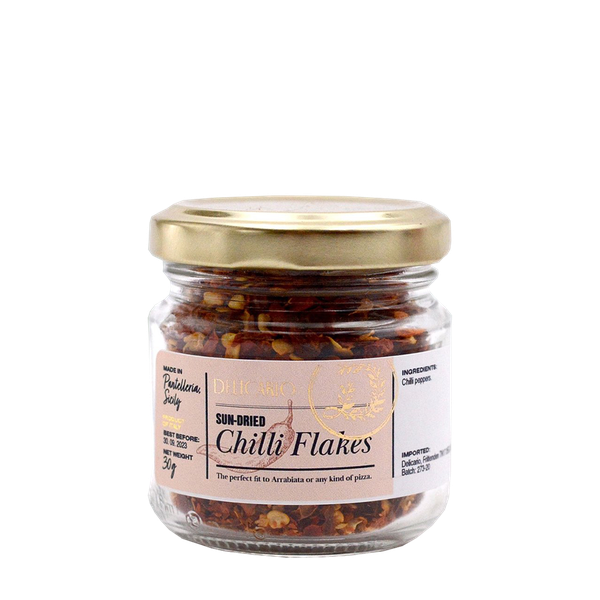
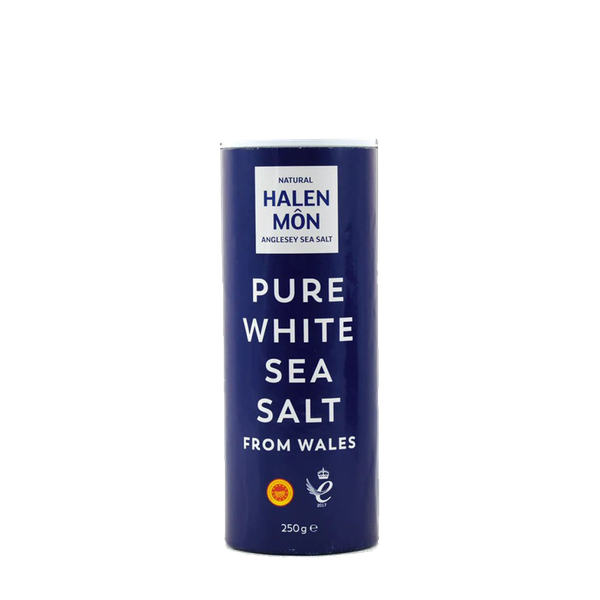
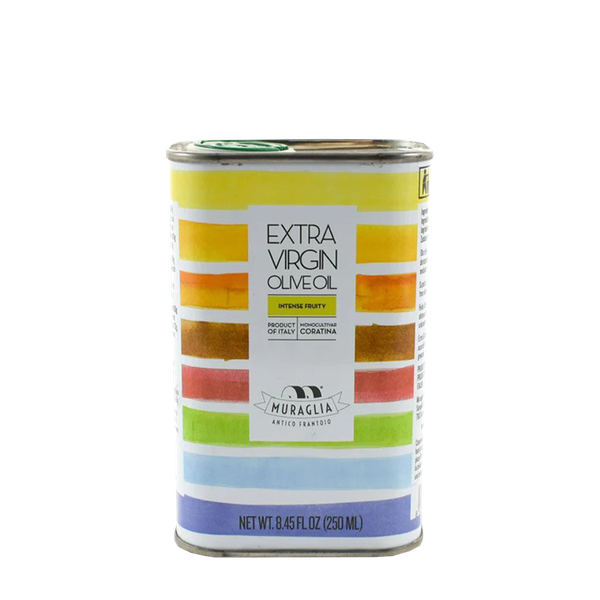
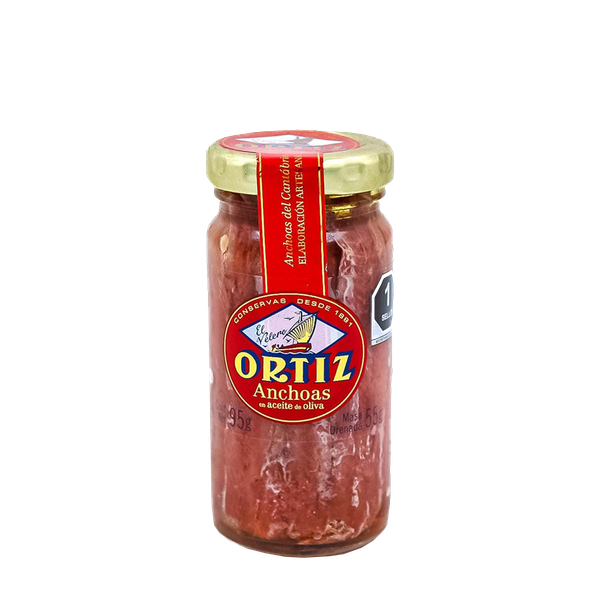
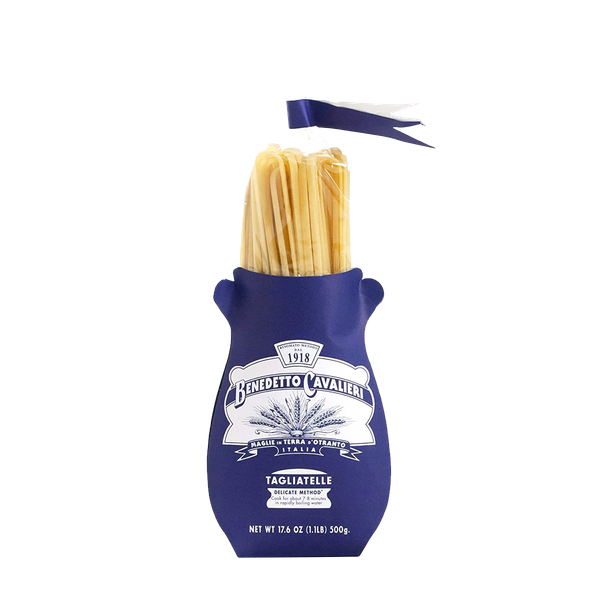

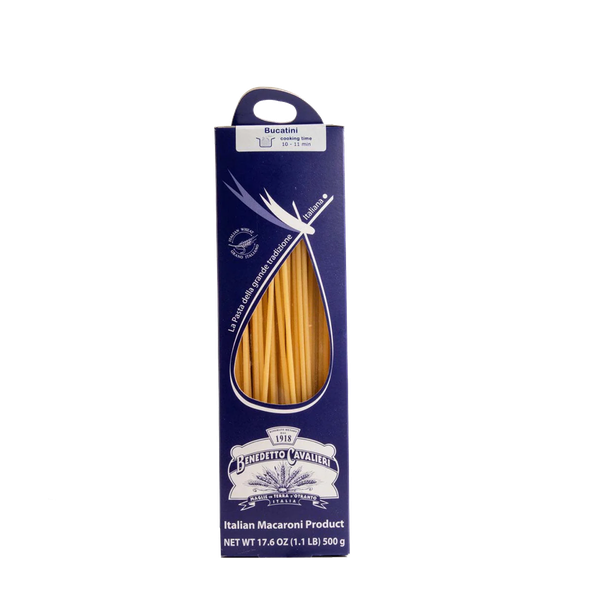
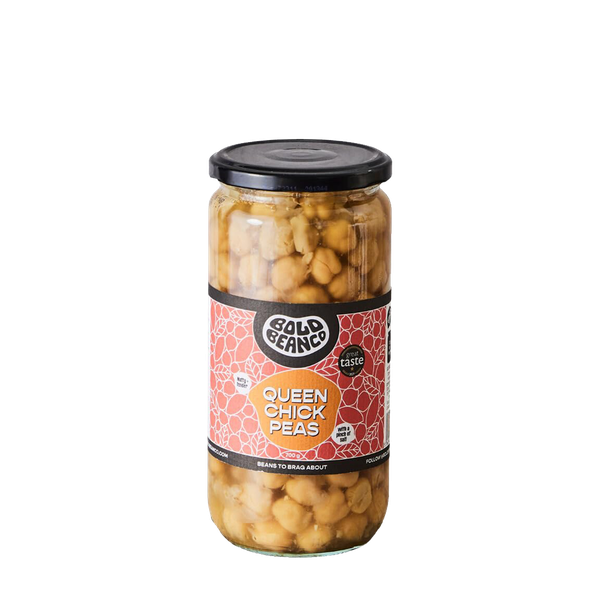
All products on this page have been selected by our editorial team, however we may make commission on some products.
DISCLAIMER: We endeavour to always credit the correct original source of every image we use. If you think a credit may be incorrect, please contact us at [email protected].
